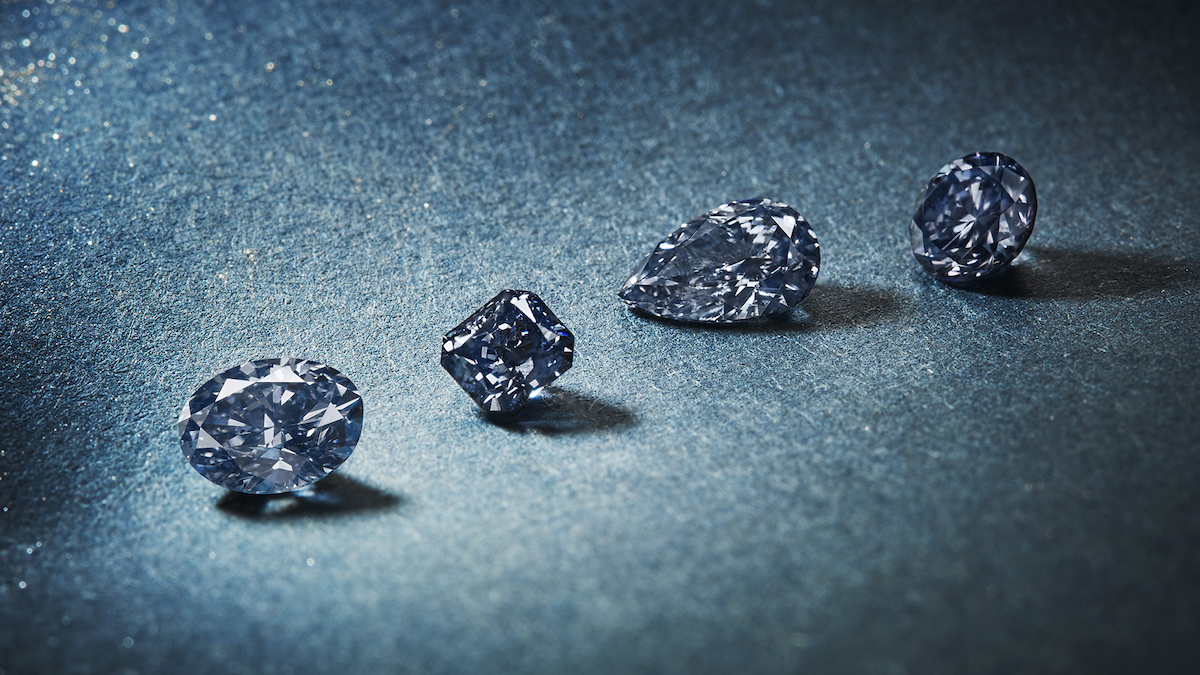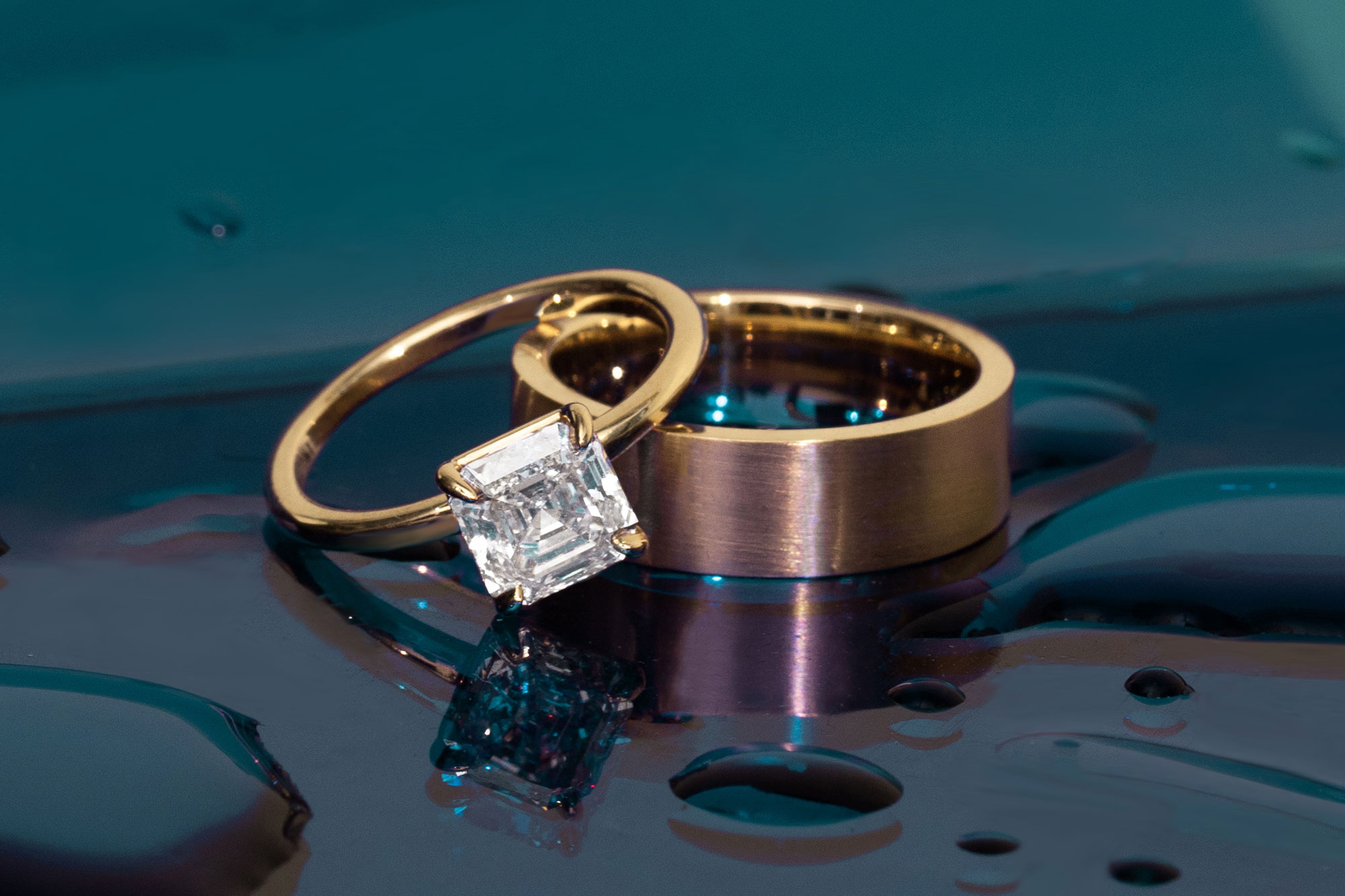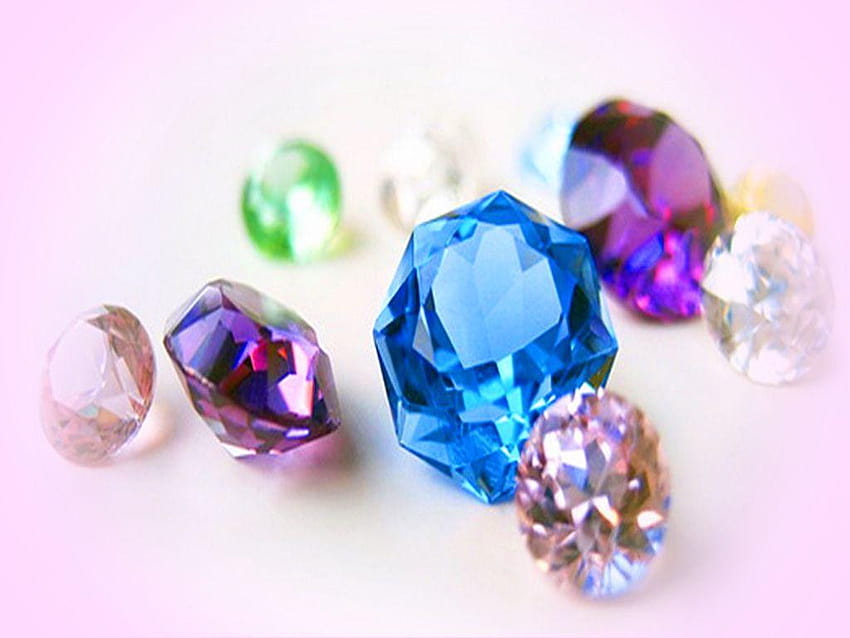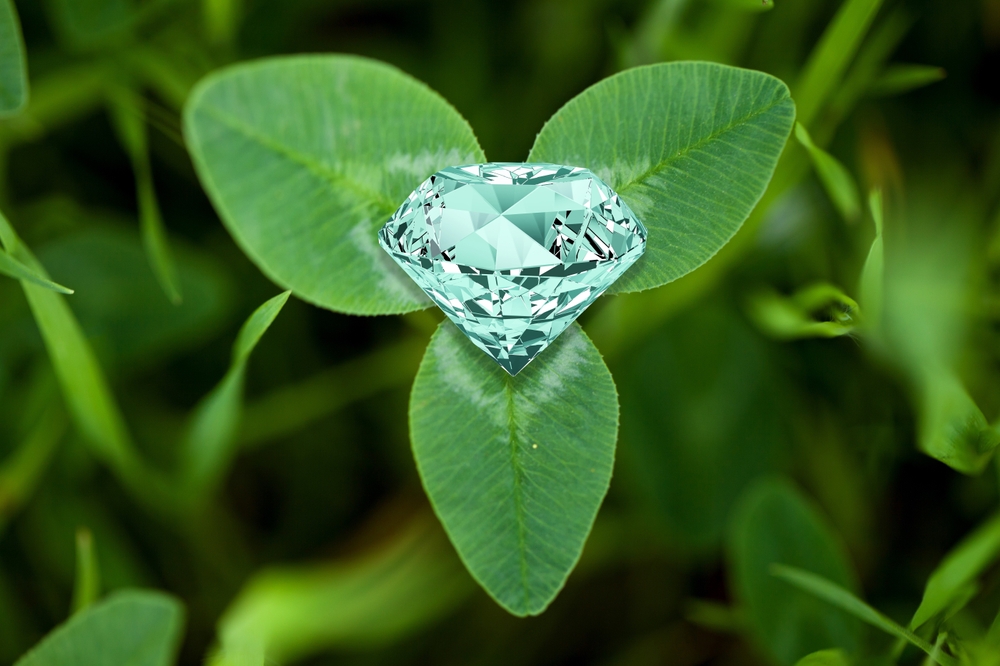Lab-grown diamonds have surged in popularity over recent years, offering an ethical and sustainable alternative to traditional mined diamonds. Among the various techniques used to create these diamonds, the Chemical Vapor Deposition (CVD) method stands out for its efficiency and quality. In this article, we will delve deep into the world of lab-grown diamonds, focusing particularly on the CVD method, to provide you with comprehensive insights into this fascinating technology.
What Are Lab-Grown Diamonds?
Lab-grown diamonds, also known as synthetic or cultured diamonds, are diamonds produced in controlled laboratory environments using advanced technological processes. These diamonds have the same physical, chemical, and optical properties as natural diamonds, making them virtually indistinguishable to the naked eye.
The CVD Method Explained
Introduction to CVD
The Chemical Vapor Deposition (CVD) method is a sophisticated technique used to grow diamonds from a gas mixture. This method involves placing a carbon-rich gas lab diamonds, such as methane, into a chamber and subjecting it to a high-energy plasma, which causes the gas to decompose and deposit carbon atoms onto a substrate. Over time, these carbon atoms accumulate to form a diamond crystal.
The CVD Process
- Preparation of the Substrate: The process begins with selecting a substrate, typically a flat diamond seed, which acts as the foundation for the new diamond crystal.
- Gas Mixture Introduction: A mixture of gases, primarily methane and hydrogen, is introduced into the chamber. Hydrogen plays a crucial role in stabilizing the carbon atoms and ensuring a high-quality diamond is formed.
- Plasma Activation: The gas mixture is subjected to microwave radiation or another high-energy source to create a plasma. This plasma breaks down the methane molecules, releasing carbon atoms.
- Diamond Growth: These carbon atoms settle on the substrate and bond together, layer by layer, to form a diamond crystal. The process can take several weeks to grow a diamond of significant size.
Advantages of the CVD Method
The CVD method offers several benefits over traditional diamond mining and other diamond synthesis techniques:
- Quality Control: The laboratory environment allows for precise control over the diamond’s properties, resulting in high-quality stones with fewer impurities.
- Environmental Impact: CVD diamonds have a significantly lower environmental footprint compared to mined diamonds, as they do not require extensive land excavation or produce hazardous mining waste.
- Ethical Considerations: Since CVD diamonds are created in a lab, they are free from the ethical concerns associated with diamond mining, such as exploitation and conflict funding.
Applications of CVD Diamonds
CVD diamonds have a wide range of applications beyond jewelry. Their exceptional hardness, thermal conductivity, and optical properties make them valuable in various industries:
- Electronics: CVD diamonds are used in semiconductors and high-performance electronics due to their ability to withstand high temperatures and conduct heat efficiently.
- Medical Devices: Their biocompatibility and durability make CVD diamonds ideal for medical instruments and implants.
- Cutting Tools: The hardness of CVD diamonds makes them perfect for cutting, grinding, and drilling applications in manufacturing and construction.
Comparison with Other Lab-Grown Diamond Methods
While the CVD method is highly regarded, it is not the only technique used to produce lab-grown diamonds. Another popular method is High Pressure High Temperature (HPHT).
HPHT Method
The HPHT method mimics the natural conditions under which diamonds form in the Earth’s mantle. It involves subjecting a carbon source to extremely high pressures and temperatures. Here are some key differences between HPHT and CVD:
- Growth Environment: HPHT requires more extreme conditions compared to the controlled gas environment of CVD.
- Crystal Quality: CVD diamonds generally have fewer inclusions and can be more consistent in quality.
- Cost: HPHT equipment and processes can be more expensive, though this varies depending on the specific setup and scale.
The Market for CVD Diamonds
The market for lab-grown diamonds, particularly those produced using the CVD method, has been expanding rapidly. Consumers are increasingly seeking sustainable and ethical alternatives to mined diamonds, driving demand for lab-grown options.
Consumer Preferences
- Sustainability: Modern consumers are more environmentally conscious and prefer products with minimal ecological impact.
- Ethical Sourcing: The awareness of conflict diamonds has pushed many buyers towards lab-grown diamonds to ensure their purchases do not fund unethical practices.
- Cost-Effectiveness: Lab-grown diamonds, including CVD diamonds, are often more affordable than their natural counterparts, making them accessible to a broader audience.
Industry Growth
The diamond industry has seen significant investment in lab-grown diamond production technologies. Major jewelry brands and retailers are incorporating lab-grown diamonds into their product lines, recognizing the growing consumer demand.
Future Prospects of CVD Diamonds
The future of CVD diamonds looks promising, with ongoing research and technological advancements continually improving the efficiency and quality of the production process. Some areas of potential development include:
- Enhanced Quality: Innovations in plasma technology and gas mixtures could lead to even higher quality diamonds with fewer defects.
- Faster Production: Optimizing the growth process to reduce production time while maintaining quality.
- Diverse Applications: Expanding the use of CVD diamonds in new industries and technologies.
Conclusion
Lab grown diamonds cvd, particularly those created using the CVD method, represent a significant advancement in the diamond industry. They offer high-quality, ethical, and sustainable alternatives to traditional mined diamonds. As technology continues to evolve, the prevalence and applications of CVD diamonds are likely to expand, cementing their place in both the jewelry market and various industrial sectors.












+ There are no comments
Add yours